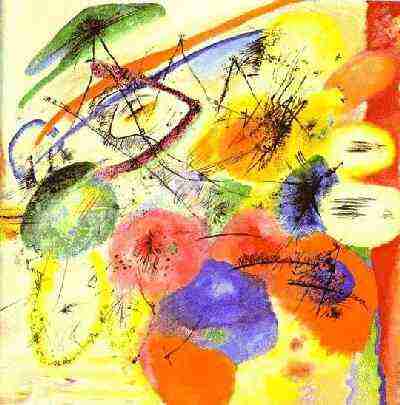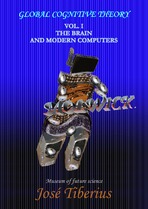2. MEMORY AND INTELLIGENCE COMMON CHARACTERISTICS
2.a) Concept of these brain functions
Understand intelligence in broad terms, like the ability to link concepts; it implies some data is necessary for its operability, and the memory will provide the required info.

Likewise, memory without a manager would no work. If a processor could not read computers' hard disks, it would be no more than a piece of useless junk.
Nonetheless, concepts appear somewhat artificially, emphasizing the ability to link or store information for the brain. Intelligence and memory can never labor separated; a critical characteristic not to lose perspective when dealing with specific lines of arguments.
2.b) How the brain works
Despite its relation, it is better to leave aside the problems that could arise when studying the positions or theories on the existence of the soul-body (monism and dualism) and, although in a smaller degree, the concepts mind-brain (logical behaviorism - Wittgenstein, identity, and functionalism) to be in the scope of theology and philosophy more than in science.
Intelligence and memory need physiological support; although cellular specialization exists for both functions.
For example, there are cells specialized in searching for information by detailed criteria previously provided. Also, visual memory can be in a different part of the brain than auditory or semantic memory.
The physiological endowment of ability varies among individuals and their different functions and facets. However, it would not make much sense if the same tasks to any memory or intelligence operated with different or mechanisms. In other words, the genetic information of specific roles is the same.
Computers also have similar elements with their corresponding specialties. For example, there is a central chip, a possible mathematical processor, and a graphics card. Regarding memory, there is RAM, extended, expanded, and the hard drive.
Regarding shared functions, the central processor of computers can work for many different purposes; two are, for instance, as a mathematical calculator or to display graphics on the screen. Of course, more specific elements improving general operation can exist, like a math processor.
At the same time, if a neuron specializes in a function, it can generally perform other types of services. The simple act of closing the eyes allows to increase the auditory capacity immediately and even the reasoning.
2.c) Complementarity of brain functions
It is a significant aspect of these abilities. The book of the Conditional Evolution of Life shows an example of the complementarity of two variables when talking about internal coherence and compatibility of the genetic information.
Now, there is a double effect of complementarity. The more advanced the relational capacity, the higher the efficiency of information provided by memory; and the data contributed will be superior from having a better memory manager. That is, intelligence operates twice, first as a memory manager, and second as an information analyzer.
Consequently, it may be not so exaggerated that the extent of intellectual power is equal to the product of the capacities of intelligence and memory considered separately. That is, standardizing individual scales from 0 to 10; the total potential will be the scale of 0 to 100. Even more, as in all balancing elements, equilibrium will be more robust; average values of both will give a potential of 25, while relatively extreme values such as two and eight will provide 16.
A computer's power is often measured both by the power of its central processor and the velocity of access to information and communication between its different parts.
